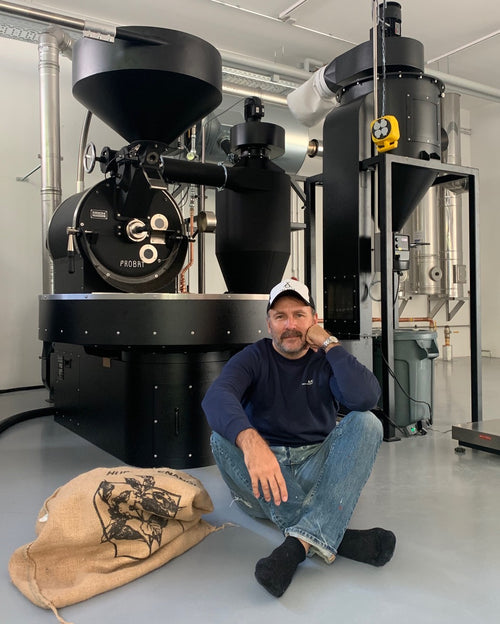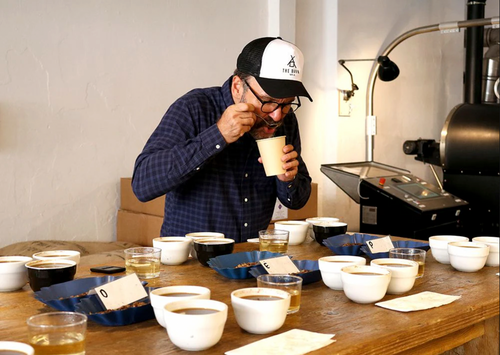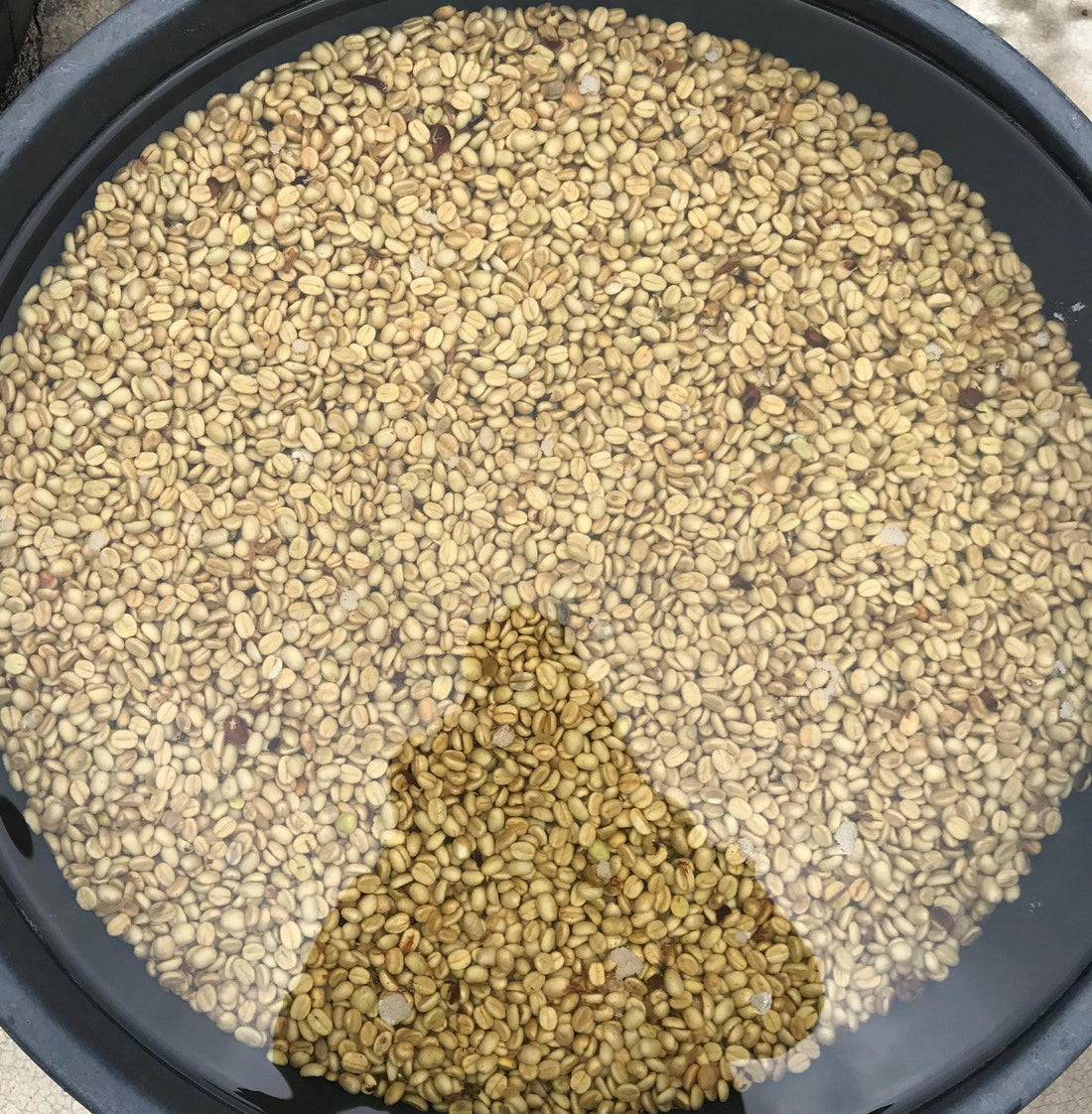PROJECT 2
CACHOEIRINHA VALLEY
NATURAL SPRING PROTECTION
The Cachoeirinha Valley is one of the water basins on the Serra de Cigano Mountain and is home to many of the families that are part of the project. At the head of the valley, nestled in a grotto of dense trees is the Cachoeirinha, or the Little Waterfall. Above the falls, the residents of the valley have been using simple collection tanks and pipes to bring the spring water to the coffee fields and homes.
This collection system is rudimentary, consisting of plastic piping inserted into a bank in the hillside within the forest. The natural springs feed water through the pipes into a holding tank (usually a simple household water tank) where any sand or dirt can decant. The water is then piped down the mountain to the homes of the farmers. They do not currently use it for drinking water due to fear of contamination.

The Cachoeirinha Valley is one of the water basins on the Serra de Cigano Mountain and is home to many of the families that are part of the project. At the head of the valley, nestled in a grotto of dense trees is the Cachoeirinha, or the Little Waterfall. Above the falls, the residents of the valley have been using simple collection tanks and pipes to bring the spring water to the coffee fields and homes.
This collection system is rudimentary, consisting of plastic piping inserted into a bank in the hillside within the forest. The natural springs feed water through the pipes into a holding tank (usually a simple household water tank) where any sand or dirt can decant. The water is then piped down the mountain to the homes of the farmers. They do not currently use it for drinking water due to fear of contamination.
RISKS TODAY |
PROJECT PROPOSAL |
| The drinking water is unprotected from weather, dirt and animal contamination should the cover of the tank break or fail. The springs are unprotected from animals that could cause the sides of the springs to collapse and the flow of water to reduce or dry up entirely. |
1. Analysis of water quality 2. Analysis of water quantity (wet and dry season) 3. Fencing and area protection plan 4. Permanent secure catchment tanks 5. Mapping of springs and water lines |
PROJECT 3
CACHOEIRINHA VALLEY
REWARDING FARMERS FOR NO LONGER USING ROUND-UP
Many farmers in the Bob-O-Link project have stopped using Round-Up. Support from FAFCoffees through such projects has the Green Fertilization Initiative with Dr Caligari and the Agronomy Project with José Romeu Aith Fávaro have shown farmers a new way to manage their coffee.
Mowing between the coffee rows and actively planting certain cover crops to provide nutrition for the coffee has been proven to be a viable alternative to the conventional method of herbicide and chemical fertilizers. To read more about the FAF Agronomy project please follow this link: FAF Agronomy Project.
This method does however increase the cost for the farmer. He/she must spend more time mowing the ground cover and also the equipment needed is expensive and involves more fuel. To reward the farmers, FAFCoffees is proposing support in two areas:
AREA ONE
Direct donations of equipment, such as weed trimmers, to control ground cover.
- A weed cutter pictured here is petrol powered and can is simple to use. Local Agricultural organizations provide training on how to use these tools safely.
- Cost for this item are approximately $500 - $600 for a heavy duty industrial model.
- Using this type of machine farmers can rapidly control the growth of cover crops between the coffee plants.
AREA TWO
Direct donations of ground cover seed packages tailored to the farmers coffee soil analysis.
Typical cost for seed packages are $40 - $60 per hectare. Dr. Calegari has been working with the Bob-O-Link farmers to develop seed packages developed using the soil and leaf analysis results gathered by the Agronomy Project. Using these results, Dr. Calegari can provide the correct seed package or “cocktail” that the farmer needs to naturally generate the nutrients his coffee needs as these cover crops are mown down and decompose.
Added benefits of this method include:
1. Applications of chemical fertilizers can be reduced significantly using this method.
2. Increased ground cover reduces erosion.
3. Increased biodiversity of plants helps protect against other pests.













